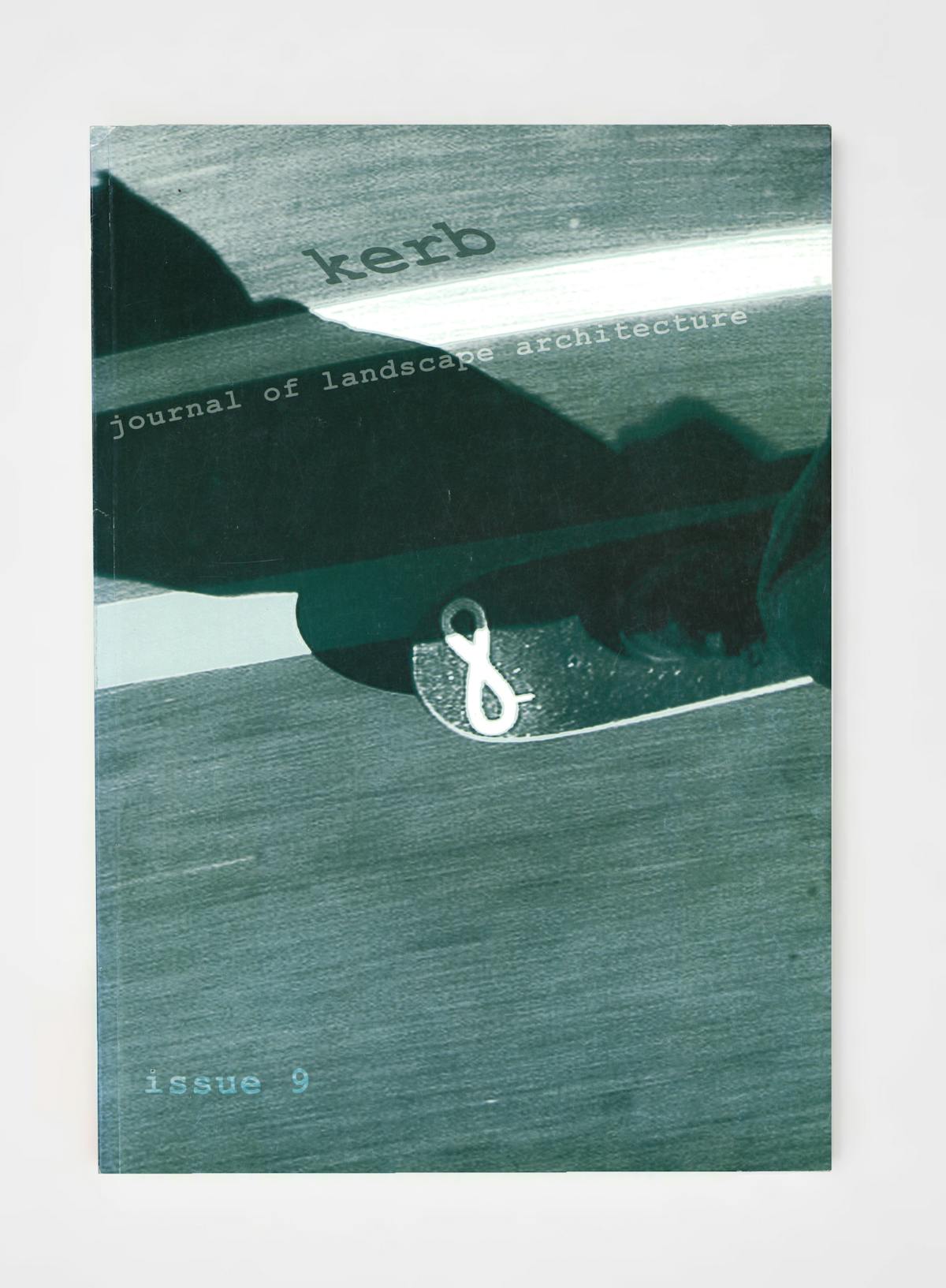Part of our intent for Kerb9 was to examine Sydney’s post-Olympic legacy — vibrant locale or vacant lot? Despite varying degrees of anticipation in the community to the Olympic phenomenon, and as many people were heading out of town, most will admit to a certain frisson at the first sighting of the marathon marker. The thin blue line appeared overnight, weaving its anarchic route through city streets. It remains one of Sydney’s enduring and, for some, endearing legacies of that time. In an attempt to weave the disparate contributions into a cohesive whole, the blue line became the visual and conceptual link for the journal.
Our articles explore the colourful language of the city and its altered complexion, in part, as a consequence of staging that event in September 2000. Post-industrial and ex-military sites offer potential for integration, while the skateboarder emerges as contemporary flâneur to reinterpret commercial space as playground.
The innovative wares of landscape architects are displayed in current or recent projects, through culturally expressive landscape or environmental technologies, which both inform and sculpt space. Lines of investigation are extended to the bike path circuit of Melbourne, the aesthetics of European mobility and through historical research into ‘fernmania’ of the Eastern Australian states.
To expose student work, we invited all schools of Landscape Architecture in Australia and New Zealand to contribute samples from recent studios. We have included excerpts from all those submitted, some of which definitely blur the lines of collaboration in integrated studios. Postcards from students on overseas stints deliver snapshots of education, work or just plain survival in foreign lands.
The range of material is therefore diverse. Our authors, from various disciplines, contribute to a wider discourse on landscape and, in many cases, should further the debate for which Kerb is legendary.
Kerb9 is variously poetic, pragmatic, polemic. It is also a partly blue.
